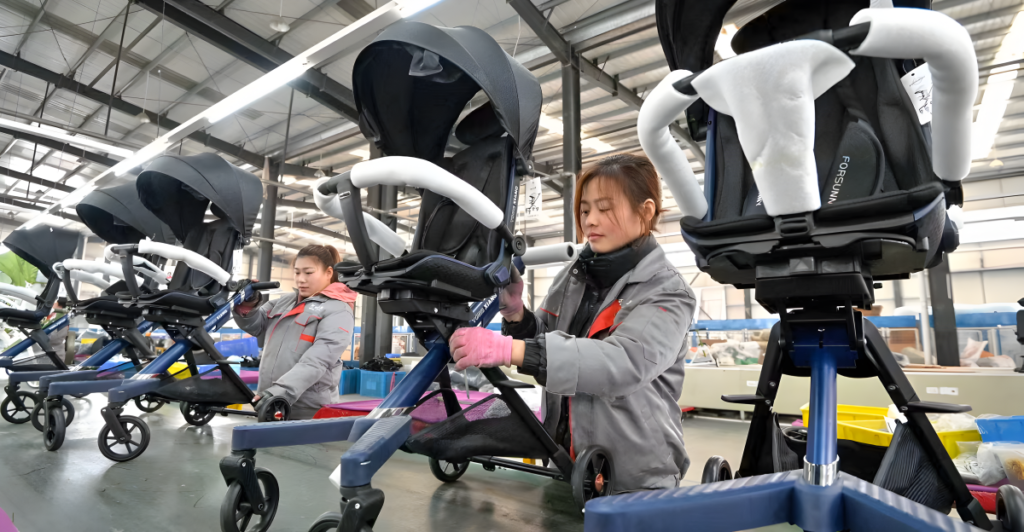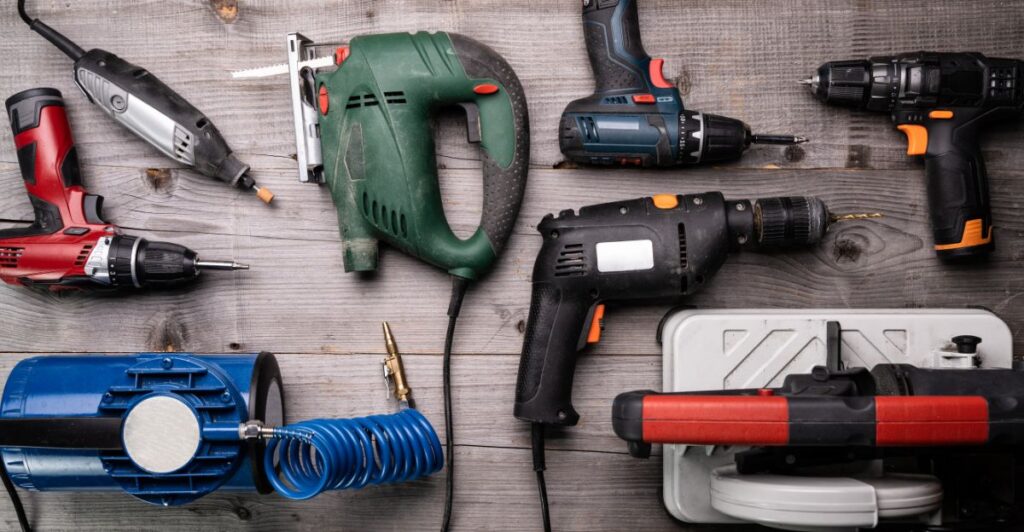
Recently, sweeping new tariffs have been imposed on a variety of imported goods, changing the landscape for American consumers and businesses. These tariffs aim to protect domestic industries and address trade imbalances. They have caused immediate and noticeable price increases across many everyday products.
These tariffs have impacted essential baby gear, household furniture, electronics, and even groceries, among other popular products. The impact is being felt in homes and wallets nationwide. In this article, we will take a look at nine popular product categories that have been hit the hardest by these new tariffs, examining how these policy changes are affecting availability, affordability, and consumer choice in the United States.
1. Strollers and Baby Gear

The new tariffs have hit baby products particularly hard. According to Babylist, strollers and car seats are seeing price hikes of 25% and 20%, respectively. Nearly 90% of these essential products are manufactured in China, which has left few alternatives for American parents. Major brands like UPPAbaby and Evenflo have already announced unavoidable product price increases.
Retailers have warned that shortages could follow as companies halt orders from China. Some are even considering discontinuing certain products. For expecting families, the tariffs mean potentially spending hundreds more on essential baby gear, increasing financial stress for new parents. The ripple effects could also impact daycare centers and hospitals.
2. Mattresses

Mattress prices are also climbing as tariffs hit both finished products and the raw materials required for production, including foam, latex, and pocket coils. This has even affected U.S.-based manufacturers who rely on imported materials, which are now subject to a 10% blanket tariff. Companies like Avocado Green Mattress have raised their prices by 6–7.5% to offset these increased costs.
International manufacturers are facing reduced competitiveness and declining orders, while American consumers are seeing higher prices and fewer choices in the mattress market. The added expense could force some buyers to delay purchases, further impacting retailers and potentially leading to layoffs in the industry.
3. Power Tools and Industrial Equipment

Power tools, including the ones from major brands like Stanley Black & Decker, are seeing successive rounds of price increases due to higher import costs. Tariffs on steel, aluminum, and machinery components from China and other nations are pushing up production costs for industrial equipment manufacturers.
This affects household tools and raises costs for the construction and energy sectors as equipment like drilling rigs and turbines become more expensive. Companies are now being forced to pass these costs onto consumers or absorb shrinking profit margins. The construction industry warns that these increases could slow infrastructure projects and raise homebuilding costs.
4. Toys

Unfortunately, toys are some of the most severely impacted products, with tariffs on Chinese imports reaching as high as 145%. The U.S. toy market relies on imports, and these tariffs are causing disruptions in trade, potential shortages, and significant price hikes. Small and medium-sized toy manufacturers are particularly vulnerable, and many are at risk of going out of business due to these tariffs.
Popular toy manufacturers like Hasbro have confirmed that raising prices is unavoidable. Retailers have warned that American families will have to pay more for dolls, action figures, and games. This could result in reduced consumer confidence and fewer options on store shelves.
5. Apparel and Footwear

Recent U.S. tariffs have led to significant price increases in clothing and footwear, particularly affecting imports from China, Vietnam, Sri Lanka, and Bangladesh. With tariffs ranging from 34% to 46% on these countries, retailers have warned that consumers will soon pay much more for these essential items.
Fast fashion platforms like Shein and Temu have already adjusted their prices, and some items have even disappeared from their U.S. offerings. These tariffs pose significant challenges for the apparel industry, especially for smaller brands, likely leading to fewer sales, less variety, and a shift toward more expensive, domestically produced clothing.
6. Electronics

Electronics, like smartphones, TVs, and household appliances, are also being affected by the tariffs. Imports from China, Taiwan, and South Korea now carry significant duties, driving up the prices of popular devices like iPhones. Major U.S. retailers and importers are likely to pass these added costs on to consumers, making everyday tech even more expensive.
This will result in higher prices for essential electronics and appliances, making it more expensive for Americans to upgrade or replace their devices. Some companies could delay launching new products, while others might reduce certain features to keep their prices competitive.
7. Furniture

Approximately 30 to 40% of furniture sold in the U.S. is imported, primarily from China and Vietnam. With the new tariffs in place, the cost of sofas, tables, and beds is rising. Retailers and manufacturers have warned that consumers could face price hikes and potential shortages as some companies halt new orders.
Domestic manufacturers could benefit in the long term, but in the short term, shoppers face fewer choices and higher prices, making home improvement projects more expensive.
8. Groceries and Food Imports

Grocery bills are also set to rise as tariffs hit a wide range of food imports. Seafood, coffee, and wine are facing steep tariffs. Coffee from Brazil and Colombia, rice from Asia, and palm oil from Indonesia are all subject to new duties.
Popular products, like canned goods and beer, could also face indirect price increases due to the tariffs on steel and aluminum used in packaging. The result is a clear rise in grocery bills for U.S. families. Restaurants and food service providers are also likely to raise their prices to cover increased costs, making dining out less affordable.
9. Automobiles and Car Parts

The auto industry is bracing for increased costs as tariffs hit vehicles and car components. New tariffs on Chinese, Mexican, and Canadian imports might raise the price of new cars by thousands of dollars. Analysts estimate that the lowest-cost American cars could see price increases of $2,500 to $5,000, while imported models could jump by as much as $20,000.
These increases are expected to ripple through the market, affecting new and used car prices and making vehicle ownership more expensive for many Americans. Repair costs may also rise as imported parts become pricier.
Discover more trending stories and Follow us to keep inspiration flowing to your feed!

Craving more home and lifestyle inspiration? Hit Follow to keep the creativity flowing, and let us know your thoughts in the comments below!
